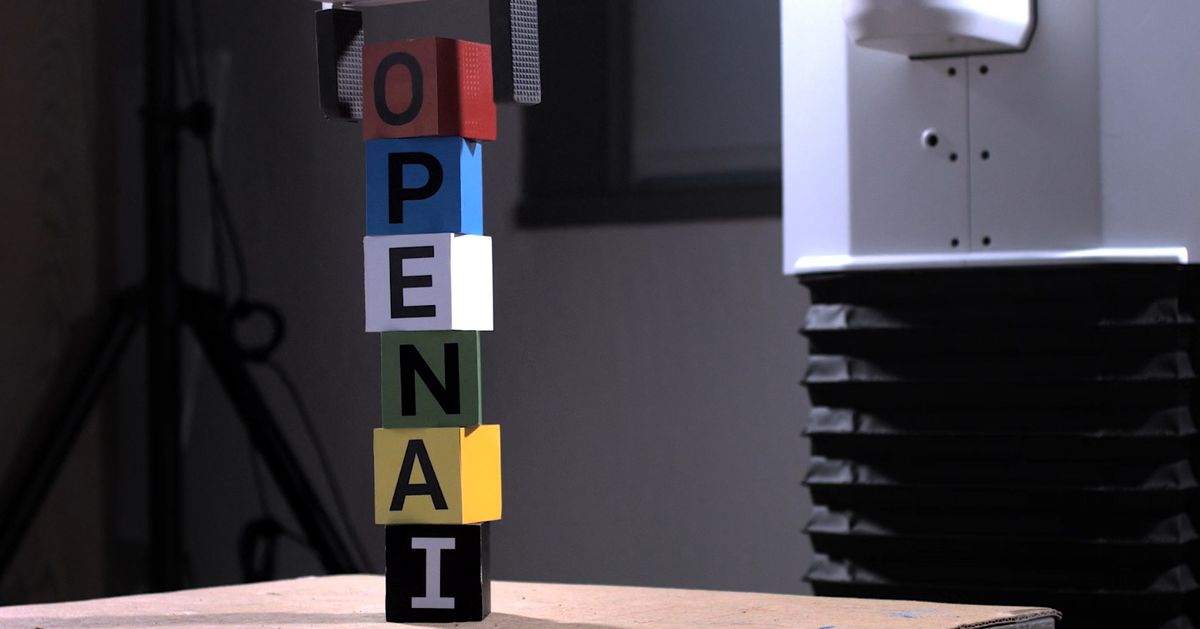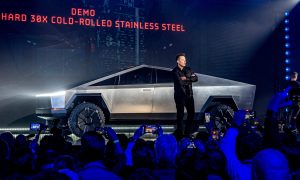Microsoft’s interest in expanding its Azure cloud computing service to include artificial intelligence (AI) supercomputing technologies has led to a new partnership agreement with the Elon Musk-backed company, OpenAI. An investment of $1 billion dollars was recently made by Microsoft into the venture to develop an Azure-based hardware and software platform that will scale to artificial general intelligence (AGI). In turn, OpenAI will use Microsoft as their exclusive cloud provider.
OpenAI is a nonprofit AI research organization co-founded by Musk, serial entrepreneur Peter Thiel, and Y Combinator’s Sam Altman with the goal of developing beneficial, open source AI to combat any future rise of harmful AI. Musk stepped down from the Board of Directors in early 2018 to avoid any conflicts with Tesla’s Autopilot program; however, he still remains as a benefactor and advisor. Tesla’s Director of AI and Autopilot Vision, Andrej Karpathy, previously worked as a neural network researcher for OpenAI.
While the venture is backed by significant private investment, the long-term goals of OpenAI require even greater resources. The company’s motivation to create the new investment partnership with Microsoft was partially due to financial constraints caused by computing hardware needs. The financial requirements to retain top talent are also significant – OpenAI’s tax filings from 2016 revealed its top researcher was paid a $1.9 million dollar salary, with others receiving significant amounts as well.
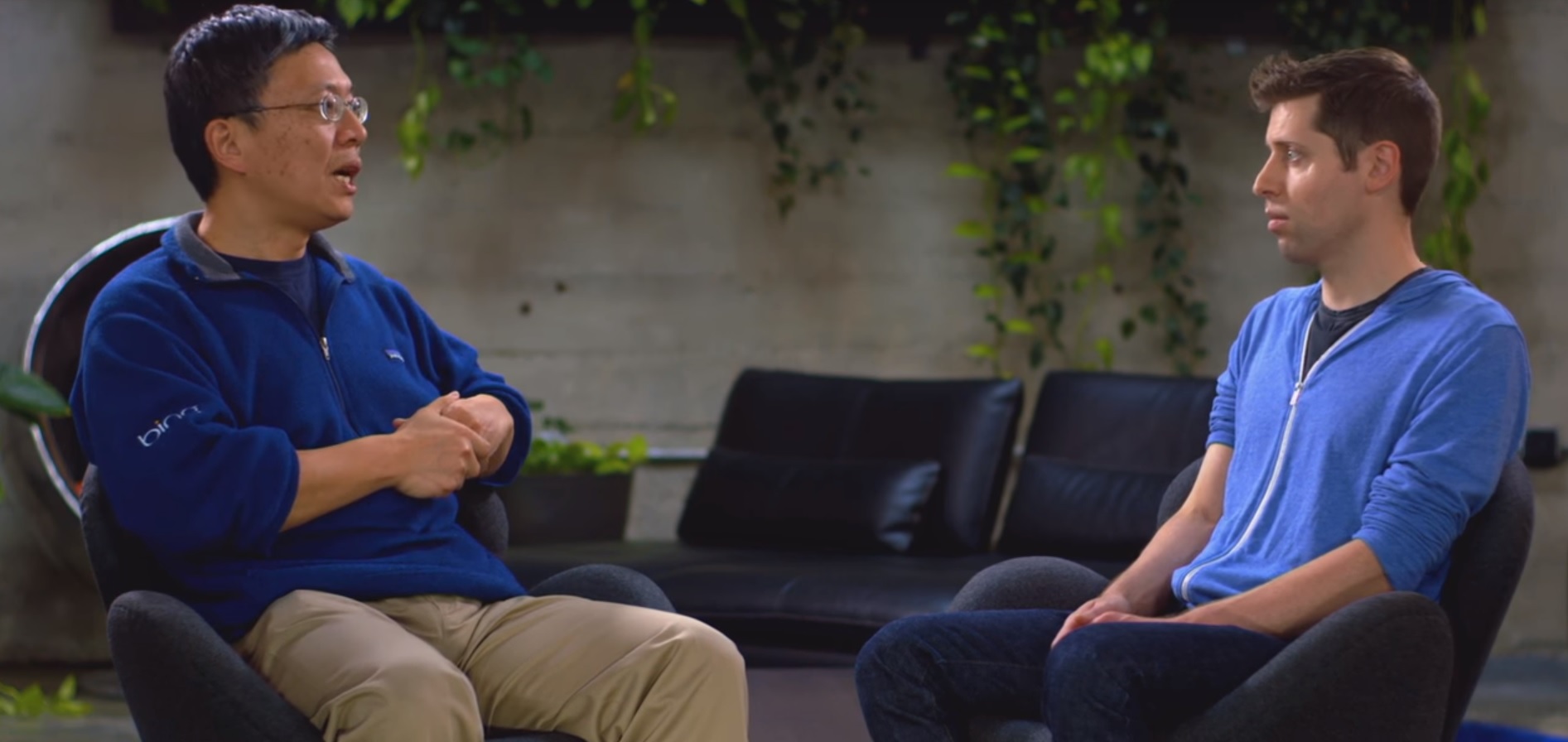
“OpenAI is producing a sequence of increasingly powerful AI technologies, which requires a lot of capital for computational power. The most obvious way to cover costs is to build a product, but that would mean changing our focus. Instead, we intend to license some of our pre-AGI technologies, with Microsoft becoming our preferred partner for commercializing them,” OpenAI’s press release announcing the new partnership explained.
The connection between Microsoft and OpenAI is not new. In 2016, the companies jointly announced they were working together to run most of OpenAI’s large-scale experiments on Azure, making it their primary cloud platform for deep learning and AI. Azure had hardware configurations optimized for AI computing needs and a roadmap to expand those capabilities even further. One of the stated joint goals between Microsoft and OpenAI is the democratization of AI, and cloud computing is a large part of making that a reality as hardware and software resources are no longer required to be local to the user.
OpenAI has already created some impressive AI capabilities. In August last year, company bots created for the video game Dota 2 defeated a team of highly skilled human players in two games out of three. To accomplish the task, serious amounts of hardware and training were required. The nonprofit research lab employed a scaled-up version of Proximal Policy Optimization running on 256 GPUs and 128,000 cores to complete roughly 180 years worth of gameplay every day through reinforcement learning, which allowed the bots to develop advanced skills for the game. An open source gym for training AI with games was also released by the company.
In 2017, OpenAI announced that it had successfully trained its AI-powered robots to perform a task after watching it once in virtual reality. After showing a robot how to stack a series of colored blocks in a virtual reality simulation, it was then able to successfully mimic the actions. To accomplish this, OpenAI trained the robot in a simulated, virtual environment with nuances like lighting, shadows and backgrounds noise so that when in the real environment, it knew to filter out noise and focus on only important elements as a human brain would.
OpenAI also successfully taught AI bots to create their own language for communicating with each other in 2017. A paper was published on the topic which explained how the bots used reinforcement learning to accomplish simple goals through trial and error. After being given clues such as “Go to” or “Look at” by the researchers, the bots were then required to create their own machine language to communicate with each other.
The company’s latest commitment to Microsoft will now expand their access to resources to achieve even more impressive artificial intelligence feats.
News
Neuralink Blindsight human trials expected to start in the UAE
Neuralink aims to restore vision with its Blindsight BCI implant. First human implant for Blindsight may happen in UAE.

During Elon Musk’s interview at the Qatar Economic Forum, he announced that Neuralink aims to implant its Blindsight brain-to-computer interface (BCI) device in a human patient by late 2025 or early 2026.
Blindsight focuses on restoring vision. A few years ago, Musk mentioned that Neuralink’s BCI devices would restore vision for people, even those born blind.
“The first two applications we’re going to aim for in humans are restoring vision, and I think this is notable in that even if someone has never had vision ever, like they were born blind, we believe we can still restore vision. The visual part of the cortex is still there. Even if they’ve never seen before, we’re confident they could see,” Musk said during Neuralink’s Show & Tell in 2022.
Musk said Blindsight could be implanted into a human patient in the United Arab Emirates (UAE). Neuralink plans to partner with the Cleveland Clinic Abu Dhabi to implant the first human patient with Blindsight.
Elon Musk’s neurotechnology company is partnering with the Cleveland Clinic Abu Dhabi to conduct the first clinical trial of the UAE-PRIME study. Like Neuralink’s PRIME study in the United States, UAE-PRIME will focus on human patients with motor and speech impairments.
Neuralink received Food and Drug Administration (FDA) approval to conduct the PRIME and CONVOY studies in the United States. PRIME tests the capabilities of the company’s Link implant to restore or enable motor and speech in participants. Meanwhile, the CONVOY study explores Link’s ability to control assistive robotic devices. Neuralink already has an assistive robotic arm called ARA that could expand patients’ autonomy beyond smart devices.
Blindsight would probably require a separate study from PRIME and CONVOY. As such, Neuralink might need FDA approval in the United States to start human trials for Blindsight. However, Blindsight already received a “breakthrough device” designation from the US FDA.
In April 2025, Neuralink opened its patient registry to participants worldwide. The neurotechnology company has already implanted its Link BCI device into five patients. Earlier this year, Neuralink welcomed one of its first PRIME study participants as the first patient in its CONVOY study.
Elon Musk
Elon Musk just revealed more about Tesla’s June Robotaxi launch
Tesla CEO Elon Musk gave more information about the Robotaxi launch in Austin set for June.

Tesla CEO Elon Musk just revealed more details about the company’s June Robotaxi launch, which will kick off in Austin.
As of right now, Tesla is still set to push out the first Robotaxi rides in Austin, Texas, in early June. These vehicles will be in short supply at first, as Musk says the company is purposely rolling out the fleet in a slow and controlled fashion to prioritize safety. There will be ten vehicles in the Robotaxi fleet to start.
Tesla Robotaxi deemed a total failure by media — even though it hasn’t been released
However, in an interview with CNBC on Tuesday afternoon, Musk also revealed some other new details, including where in Austin the vehicles will be able to go, how many Robotaxis we could see on public roads within a few months, and other information regarding Tesla’s Full Self-Driving suite.
A Controlled Rollout
Tesla has maintained for a few months now that the Robotaxi fleet will be comprised of between 10 and 20 Model Y vehicles in Austin.
The Cybercab, which was unveiled by the company last October, will not be available initially, as those cars will likely be produced in 2026.
Musk said during the CNBC interview that Tesla is doing a low-yield trial at first to initiate a safety-first mentality. It is important for Tesla to launch the Robotaxi fleet in a small manner to keep things in check, at least at first.
As confidence builds and the accuracy of the fleet is ensured, more vehicles will be added to the fleet.
Musk believes there will be 1,000 Robotaxis on the road “in a few months.”
Geofenced to Certain Austin Areas
Tesla will be launching the Robotaxi program in a geofenced fashion that gives the company the ability to control where it goes. Musk says that the areas the Robotaxis will be able to travel to are among the safest neighborhoods and areas in Austin.
This is yet another safety protocol that will ensure the initial riders are not put in dangerous neighborhoods.
Some might be disappointed to hear this because of Tesla’s spoken confidence regarding Robotaxi, but the initial rollout does need to be controlled for safety reasons. An accident or incident of any kind that would put riders’ lives in danger would be catastrophic.
No Driver, No Problem
As the company has rolled out an employee-only version of the Robotaxi program in Austin and the San Francisco Bay Area, some wondered whether the rides would be driverless, as these initial trials for Tesla workers were not. Employee rides featured a human in the driver’s seat to ensure safety.
Tesla says it has launched ride-hailing Robotaxi teaser to employees only
The company did not report whether there were any interventions or not, but it did state that the vehicles traveled over 15,000 miles through 1,500 trips.
Musk confirmed during the interview that there will be no driver in the vehicle when the Robotaxi program launches in June. This will be groundbreaking as it will be the first time that Tesla vehicles will operate on public roads without anyone in the driver’s seat.
Full Self-Driving Licensing
For more than a year, Tesla has indicated that it is in talks with another major automaker regarding the licensing of Full Self-Driving. Many speculated that the company was Ford, but neither it nor Tesla confirmed this.
Musk said today that Tesla has been in touch with “a number of automakers” that have inquired about licensing FSD. Tesla has yet to sign any deal to do so.
Here is the full interview with @elonmusk talking about Tesla and the Cybercab! pic.twitter.com/992njb0lPS
— Robin (@xdNiBoR) May 20, 2025
Elon Musk
Elon Musk on Tesla vehicle sales: “We see no problem with demand”
“The sales numbers at this point are strong, and we see no problem with demand,” Musk said.

During a rather testy interview with Bloomberg’s Mishal Husain at the Qatar Economic Forum, Elon Musk stated that the demand for Tesla’s vehicles is still strong. Musk also stated that the issues that Tesla faced earlier his year have already turned around.
Already Turned Around
Tesla sales saw notable drops in the past months, particularly in Europe, where several countries saw drastically fewer Tesla sales year-over-year. Tesla stated in its Q1 2025 vehicle delivery report that the declines were largely due to the company’s changeover to the new Model Y, but media reports nevertheless placed the blame on Musk’s politics and his work with the Trump administration’s Department of Government Efficiency (DOGE).
It was then no surprise that Bloomberg’s Husain pointed out Tesla’s low sales in Europe this April during the interview. When questioned about the matter, Musk stated that things have “already turned around.” Musk also noted that while Tesla sales are down in Europe so far, this is true for numerous other carmakers in the region.
No Problem With Demand
When asked for evidence to back up his claims, Musk stated that Europe is indeed Tesla’s weakest market, but the company remains “strong everywhere else.” He also admitted that while Tesla has “lost some sales from the left,” the company also “gained some from the right.” Musk highlighted the fact that Tesla stock, which is partly affected by analysts with insider information, is trading at near all-time highs.
“The sales numbers at this point are strong, and we see no problem with demand. You can just look at the stock price. If you want the best insider information, the stock market analysts have that, and our stock wouldn’t be trading near all-time highs if things weren’t in good shape. They’re fine. Don’t worry about it,” Musk said.
Watch Elon Musk’s full interview at the Qatar Economic Forum in the video below.
-

 News2 weeks ago
News2 weeks agoTesla Cybertruck Range Extender gets canceled
-

 Elon Musk5 days ago
Elon Musk5 days agoTesla seems to have fixed one of Full Self-Driving’s most annoying features
-
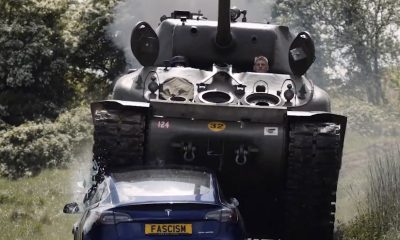
 Lifestyle2 weeks ago
Lifestyle2 weeks agoAnti-Elon Musk group crushes Tesla Model 3 with Sherman tank–with unexpected results
-
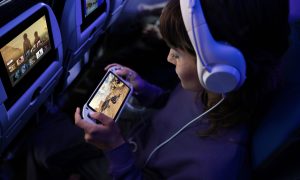
 News2 weeks ago
News2 weeks agoStarlink to launch on United Airlines planes by May 15
-

 News2 weeks ago
News2 weeks agoTesla Semi gets new adoptee in latest sighting
-

 News2 weeks ago
News2 weeks agoTesla launches its most inexpensive trim of new Model Y
-

 News2 weeks ago
News2 weeks agoUS’ base Tesla Model Y has an edge vs Shanghai and Berlin’s entry-level Model Ys
-

 News2 weeks ago
News2 weeks agoTesla Cybertruck owners get amazing year-long freebie

